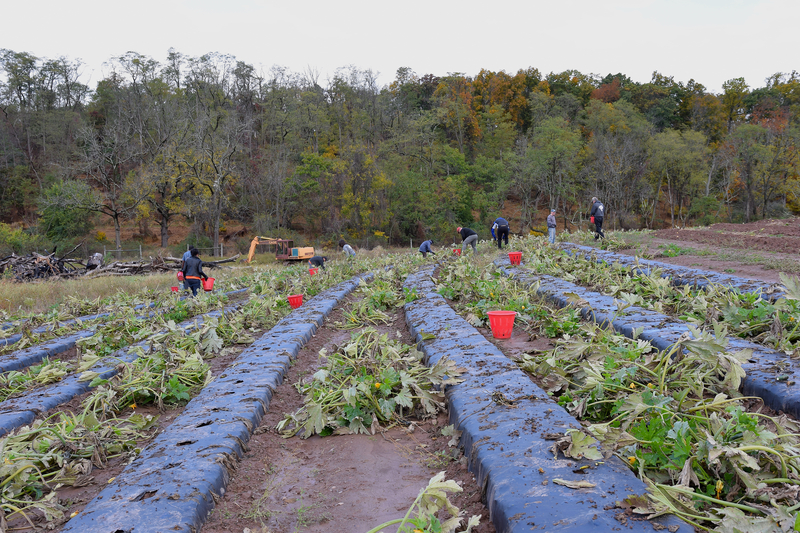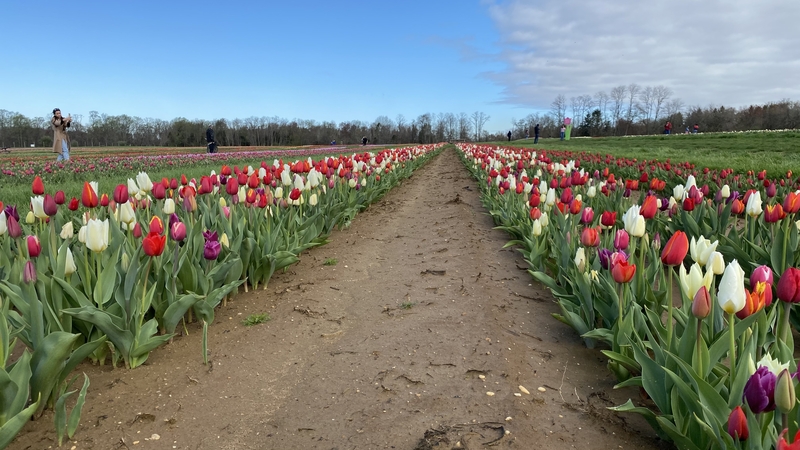Trenton, NJ – The latest U.S. Department of Agriculture 2022 Census of Agriculture reveals an increase in the number of farms in New Jersey, with the state nearly reaching the 10,000 farms mark. This growth comes as the national trend shows a 7 percent decrease in farm numbers across the U.S.
New Jersey added 115 new farms, bringing the total to 9,998, a move that Assistant Secretary of Agriculture, Joe Atchison III, finds encouraging. Atchison highlights the growing interest in agriculture among New Jersey residents and credits the state’s farmers for their adaptability to meet consumer demands.
The census data also showcases a significant rise in the value of agricultural products sold in New Jersey, from just over $1.1 billion in 2017 to almost $1.5 billion in 2022.
The nursery, greenhouse, floriculture, and sod sectors lead New Jersey’s agricultural industry, with sales nearing $725 million, marking a $225 million increase from the last census. The state also excels in nursery stock and potted flowering plant sales nationwide. Vegetables and fruits and berries follow closely in sales, contributing significantly to the state’s agricultural revenue.

Notably, agritourism in New Jersey has seen a remarkable increase, with sales jumping from more than $18 million in 2017 to over $29 million. Despite a decrease in the total land dedicated to farms, from 734,000 acres in 2017 to nearly 712,000 acres,
New Jersey’s farming expenses have risen less than the national average, indicating a potentially more sustainable growth path for the state’s agriculture.
The Census of Agriculture, conducted since 1840, plays a crucial role in accounting for U.S. farms and ranches and will continue to release more detailed data throughout 2024, including insights into individual counties and congressional district profiles.
Wrap Up
- New Jersey’s number of farms nears 10,000, contrary to the national decrease in farm numbers.
- Agricultural product sales in the state have increased to almost $1.5 billion, with the nursery and greenhouse sectors leading.
- Agritourism has significantly grown, and despite a decrease in farmland, farming expenses in New Jersey are rising at a rate below the national average.

